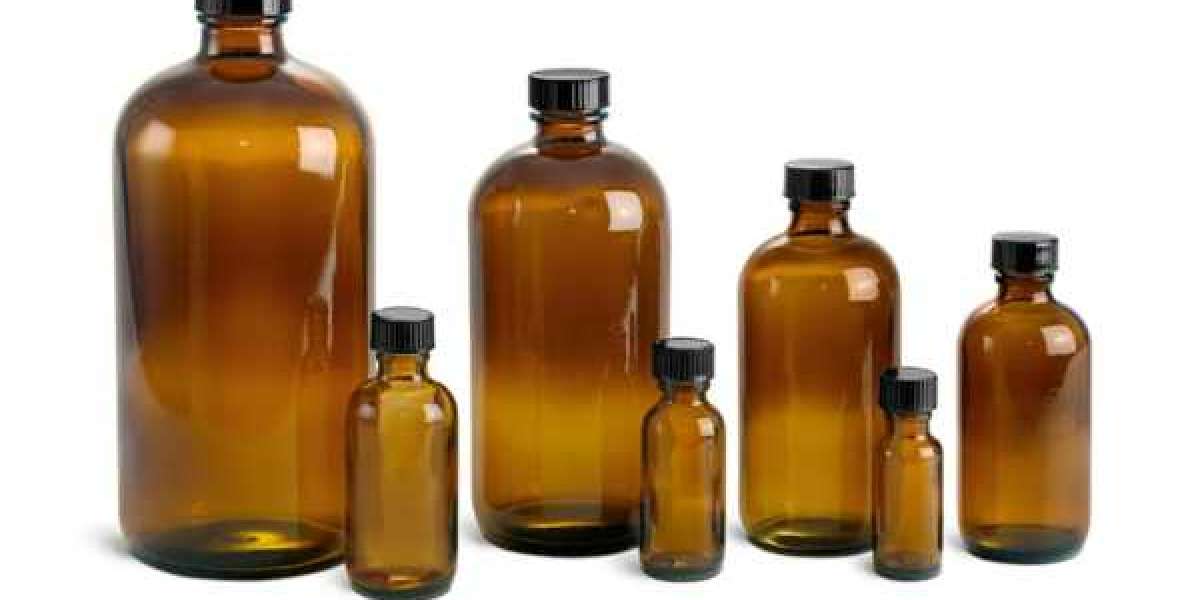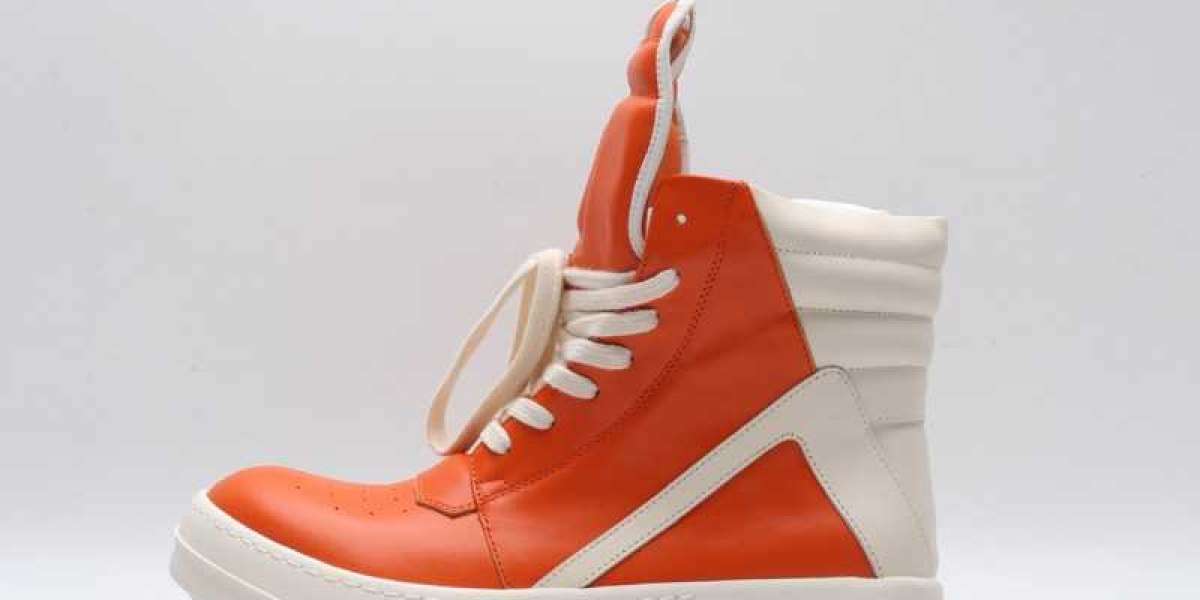Amber Glass bottles have long been cherished for their practicality and elegance. Utilized across various industries, they offer a robust and environmentally friendly solution for packaging needs. Their enduring appeal lies in their ability to preserve the quality and taste of contents without chemical interference. Glass bottles are functional and serve as a canvas for creative branding, making them a preferred choice for many businesses. This blog post will delve into their unique attributes, the intricacies of their production, and their pivotal role in promoting sustainability.
Manufacturing Process
Creating glass bottles begins with carefully selecting raw materials such as sand, soda ash, and limestone. These ingredients are heated to high temperatures, resulting in molten glass. Modern production methods have enhanced precision and efficiency, utilizing computerized systems to ensure uniform thickness and design.
Advanced molding techniques allow various shapes and sizes to form, catering to diverse consumer needs. After molding, the bottles undergo annealing, gradually cooling to relieve internal stresses. This step is crucial for ensuring the bottles’ durability and resistance to breakage. Quality control measures, including visual inspections and automated checks, are implemented to maintain high standards.
Environmental Impact
Glass bottles provide significant ecological benefits primarily due to their recyclability. Unlike plastic, glass can be recycled countless times without degradation in quality or purity, reducing the need for new raw materials. Recycling glass requires less energy than manufacturing new glass, contributing to lower carbon emissions. This results in a smaller environmental footprint overall. Additionally, glass does not release harmful chemicals into the environment, unlike some plastics, which can leach toxins. By opting for glass bottles, industries and consumers support more sustainable practices, helping decrease waste and mitigate pollution. This makes glass an excellent choice for those looking to reduce their environmental impact.
Uses of Amber Glass Bottles in Different Industries
Pharmaceutical and Healthcare Industry
Amber glass bottles are widely used for storing light-sensitive medications, syrups, tinctures, and essential oils. The amber tint protects contents from UV light, preserving the potency and stability of pharmaceuticals.
Cosmetic and Personal Care Industry
They are ideal for packaging products like serums, facial oils, perfumes, and creams, where light protection is crucial to prevent degradation of active ingredients.
Food and Beverage Industry
Amber-glass bottles are used for beverages like beer, kombucha, and specialty drinks, as well as liquid flavorings and extracts, to extend shelf life and maintain flavor by blocking harmful light.
Chemical and Laboratory Industry
Laboratories and chemical manufacturers rely on amber-glass bottles to store light-sensitive chemicals, reagents, and solvents, ensuring stability and reducing the risk of breakdown or contamination.
Aesthetic Appeal
Glass bottles are highly valued for their design possibilities. Their transparency showcases the product inside and adds a layer of sophistication that other materials often lack. Businesses can use customizable options like unique shapes, various colors, and detailed labels to convey their brand’s identity effectively.
This level of personalization can elevate a product’s presence on shop shelves, making it more attractive to consumers. The ability to see the contents also instils a sense of trust and authenticity. This design flexibility allows companies to craft a distinctive look that can become synonymous with their brand, further enhancing customer recognition and loyalty.
Glass Bottle Varieties
Glass bottles are available in many forms and capacities to meet diverse needs. From diminutive vials employed for essential oils to capacious containers used for bulk storage, the adaptability of glass bottles is impressive.
For instance, wine bottles typically feature cork finishes to preserve the beverage, whereas perfume bottles often come with atomizers for convenient application. Some glass bottles are designed specifically for carbonated drinks, incorporating features to withstand internal pressure. Unique shapes and sizes cater to different industries' aesthetic and functional demands.
For example, square-shaped bottles might be preferred for space-saving purposes, while intricately designed bottles can enhance the visual appeal of luxury products. Additionally, specialised bottles like medicine dropper bottles or swing-top bottles for homemade brews offer targeted solutions for niche markets. This array of choices ensures that glass bottles can meet the specific needs of various applications without compromising their inherent benefits.
Challenges in Glass Bottle Use
Despite their many benefits, glass bottles come with certain practical challenges. One primary issue is their fragility. Glass is inherently brittle and can shatter upon impact, necessitating careful handling during manufacturing, transport, and storage. This fragility can also lead to higher costs associated with protective packaging and increased risk of product loss. Another challenge is the weight of glass bottles compared to other packaging materials like plastic. The heavier weight can result in higher shipping costs and a greater carbon footprint during transportation. Businesses must balance these factors when considering glass as a packaging option.
Additionally, the production process for glass bottles is energy-intensive. Although recycling glass is environmentally beneficial, the initial manufacturing process requires significant energy input, which can contribute to higher production costs and environmental concerns. Glass bottles also face limitations in design flexibility. While they offer excellent customisation options, constraints exist on the types of shapes and closures that can be effectively implemented, particularly for products requiring specialised packaging solutions.
Lastly, in certain applications, glass's transparency can be a disadvantage. For instance, light-sensitive products may degrade faster if exposed to light through transparent glass bottles. Whilst tinted glass can mitigate this issue, it may not suit all products or aesthetic preferences.
Technological Advancements
Recent advancements in glass technology have significantly improved the functionality and sustainability of glass bottles. One notable innovation is the development of lightweight glass, which helps reduce shipping costs and the environmental impact of transportation. This type of glass retains the strength and durability of traditional glass bottles whilst being considerably lighter. Another significant advancement is the introduction of toughened glass, which offers enhanced resistance to breakage. This type of glass undergoes an exceptional heating and cooling process that increases its strength, making it more suitable for demanding applications where durability is paramount.
Coatings and treatments have also been developed to improve the performance of glass bottles. For instance, ultraviolet (UV) protective coatings help to safeguard light-sensitive products by blocking harmful rays, thereby extending the shelf life of the contents. Anti-slip coatings and surface treatments can improve handling safety, reducing the risk of accidents during transport and use. Furthermore, digital printing technology has revolutionized the way glass bottles are customized.
High-resolution printing allows for intricate designs and detailed labelling directly on the glass surface, offering businesses greater branding and product differentiation flexibility. This method is not only more versatile but also more environmentally friendly compared to traditional labelling techniques. Another emerging trend is the integration of smart technology into glass bottles. Features like QR codes and NFC chips enable interactive consumer engagement, providing additional product information or promotional content through smartphones. These innovations push the boundaries of what glass bottles can achieve, making them more functional and appealing in today's market.
Collecting and Valuation
Collecting rare glass bottles is a beloved hobby for many, driven by a fascination with unique designs, historical relevance, and brand scarcity. A bottle's value can be influenced by its age, condition, and historical context. Bottles with intact labels, vibrant colors, or unusual shapes are particularly prized among collectors. Historical glass bottles often come with a backstory that adds to their allure, such as early pharmaceutical or vintage fizzy drink bottles, reflecting the marketing trends and societal norms of their eras.
The condition of a glass bottle plays a significant role in its valuation. Chips, cracks, or worn labels can drastically reduce a bottle’s worth, whereas bottles in pristine condition are highly sought after. Provenance is another critical factor; bottles with a documented history or association with famous brands can fetch higher prices.
Collectors may specialised in particular types of glass bottles, such as those from specific periods, regions, or industries. For instance, some may focus on 19th-century medicinal bottles, while others may collect early 20th-century fizzy drink bottles. This specialization can deepen their appreciation and knowledge of specific niches within the broader collecting community. The market for collectable glass bottles is dynamic, with auctions and online platforms providing venues for buying, selling, and trading these treasured items.
Future of Glass Bottles
The future of glass bottles looks promising, driven by technological advancements and a growing emphasis on sustainability. Innovations such as packaging technologies are expected to significantly transform how glass bottles interact with consumers. QR codes and NFC chips integrated into glass bottles can provide additional information and interactive experiences, enhancing consumer engagement.
Furthermore, improvements in recycling technologies are set to make the glass bottle lifecycle even more efficient, reducing environmental impact. Lightweight and toughened glass developments will likely become more prevalent, addressing shipping costs and breakage issues. This ongoing evolution highlights glass bottle adaptability and enduring relevance in various sectors.
Conclusion
Amber Glass bottles remain a steadfast choice across various industries due to their unparalleled versatility and aesthetic appeal. Their production process, though energy-intensive, has seen significant advancements, resulting in more efficient and eco-friendly methods. The recyclability of glass, combined with its non-reactive nature, ensures the preservation of contents without compromising quality, making it a preferred packaging material for food, beverages, and pharmaceuticals. Despite challenges such as fragility and weight, lightweight and toughened glass innovations address these issues, making them more practical for modern needs.
FAQs
Q1: Are Amber Glass bottles costlier than plastic bottles?
A: Amber Glass bottles can initially be more expensive due to the materials and energy required in their production. Additionally, their heavier weight can increase shipping costs. However, the long-term benefits of durability, recyclability, and non-reactive properties can outweigh the initial expenditure.
Q2: How can I ensure the safe transportation of glass bottles?
A: To ensure the safe transport of glass bottles, utilize protective packaging such as bubble wrap, foam inserts, and robust cardboard boxes. Marking packages as fragile can help handlers manage them with extra care. Furthermore, using dividers within boxes can prevent bottles from knocking against each other.
Q3: Are all glass bottles recyclable?
A: Most glass bottles are recyclable, but it is important to check local recycling guidelines as they vary. Some types of colored glass may have specific recycling processes. Clear glass is generally more widely accepted, while colored glass might need to be sorted and processed separately. Always rinse bottles before recycling to ensure they are free from contaminants.
Related Business Listings |








